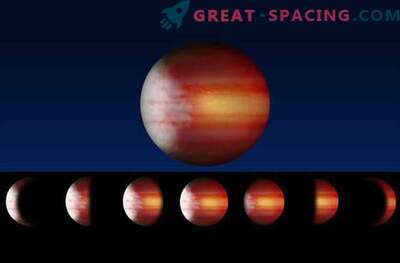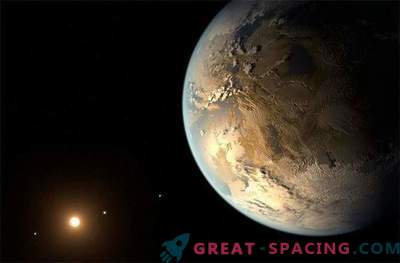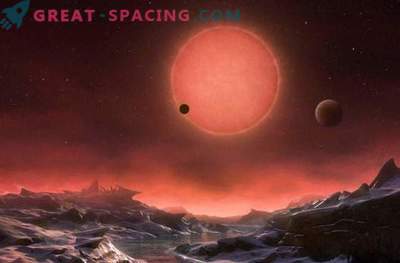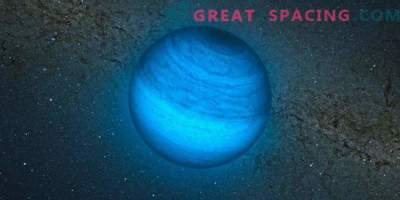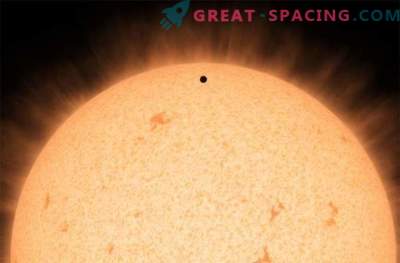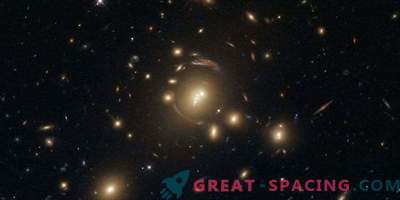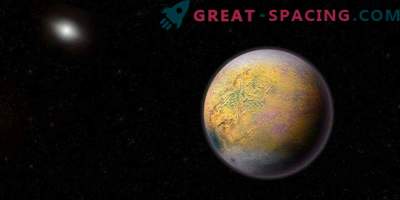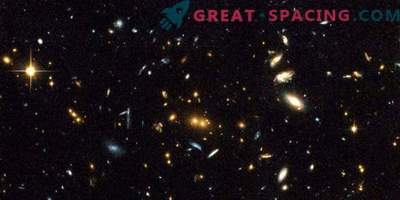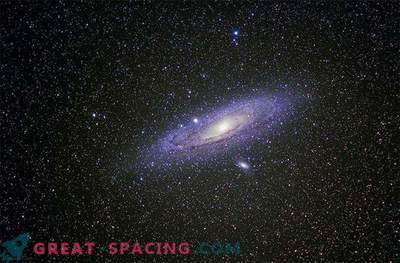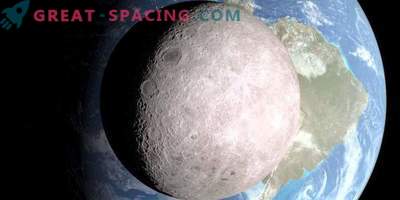
The cold M-dwarf TRAPPIST-1 has 7 planets in orbit.
One of the 7 planets orbiting the small star TRAPPIST-1 is capable of supporting the life familiar to Earth. TRAPPIST-1 is 39 light-years distant from us and acts as a relatively cold M-dwarf with 9% of the solar mass and 12% of the radius. It is believed that 7 rocky worlds with the size of the Earth or less rotate around a star.
Using models of climate and photochemistry, scientists from the University of Washington modeled the environmental conditions for each planet of the TRAPPIST-1 system. Models show that all seven exoplanets should have evolved like Venus. That is, any water or oceans evaporated at an early stage of system formation.
Models indicate that 7 planets should have a dense and uninhabitable atmosphere. But the world of TRAPPIST-1e is able to contain liquid water on the surface and have primitive terrestrial life forms. The planet is in the zone where the star lives, receiving enough heat to keep the water in a liquid state on the surface.
Researchers also report that there can be a lot of oxygen on TRAPPIST-1e. Water evaporates from the surface and is broken by the ultraviolet rays of the star. This leads to the splitting of the hydrogen and oxygen molecules. Hydrogen is light enough to leave the atmosphere, despite the gravity of the planet, but oxygen will linger. As a result, TRAPPIST-1e is able to have a dense oxygen atmosphere. There is a possibility that there is more water on the planet than on Venus, Mars, or even Earth. Two more planets TRAPPIST-1 d and h live in the habitat zone. The system seems incredibly interesting to scientists, as it provides a picture of planetary evolution near a star other than the Sun. Models of radiation and chemistry demonstrate the possible spectral signatures of gases in the atmosphere. Scientists use this information for detailed research after the launch of the James Webb space telescope in 2021.
The models also indicate that TRAPPIST-1b (the closest planet to the star) is too hot to form even the sulfuric acid clouds of Venus. Planets c and d receive much more energy from their home star than Earth and Venus from the Sun, therefore their atmospheres are unfit for life. But the worlds g and h, most likely, are ice planets.




